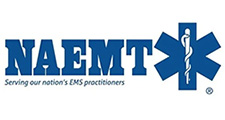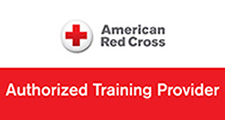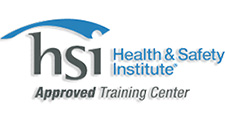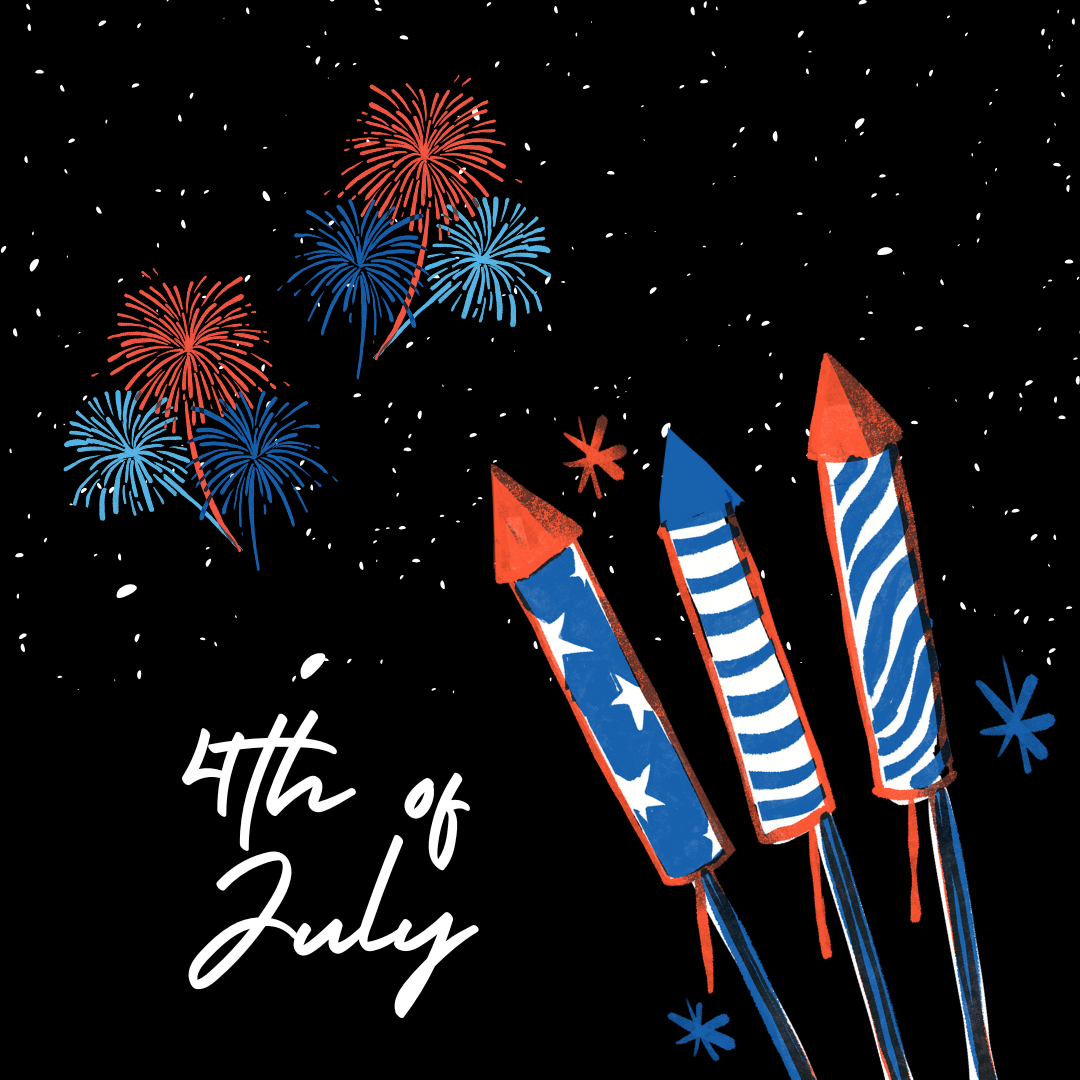Keep Your Fourth of July Fun and Safe: Fireworks Safety Tips
The Fourth of July is one of the most exciting times of the year. Fireworks lighting up the sky bring joy, color, and a sense of celebration. But without proper precautions, fireworks can be dangerous. By following a few simple safety steps, you can help ensure that everyone kids, adults, and pets enjoys the holiday without accidents or injuries.
Why Fireworks Safety Matters
- Prevent Injuries: Each year, thousands of people end up in emergency rooms because of burns, cuts, or eye injuries from fireworks.
- Avoid Fires: Dry grass, wood, and debris can ignite quickly if sparks land in the wrong spot. Even a small spark can turn into a big problem.
- Protect Loved Ones: Kids and pets don’t always understand the danger. It’s up to adults to keep them far from flying debris, hot embers, and loud explosions.
1. Plan Ahead
- Check Local Laws
- Verify which fireworks are legal in your area. Some towns allow only sparklers or ground-based fountains, while others permit aerial fireworks.
- Obtain any required permits if you plan a larger display.
- Choose a Clear, Open Space
- Pick a flat, open area away from buildings, dry grass, trees, and vehicles.
- Keep a clear radius of at least 15–20 feet for small fireworks (like sparklers or fountains) and 30–40 feet for larger aerial fireworks.
- Have Safety Gear Ready
- Keep a bucket of water or a hose nearby.
- Have a fire extinguisher within reach.
- Wear safety glasses and avoid loose clothing that could catch fire.
2. Choose the Right Fireworks
- Buy from Licensed Sellers
- Purchase fireworks only from reputable, licensed retailers.
- Avoid “homemade” or questionable products these can be unpredictable.
- Read Labels Carefully
- Check instructions, warnings, and age recommendations.
- Note the “fly distance” on aerial fireworks to make sure you allow enough safe space.
- Opt for Simpler Options with Kids
- Sparklers, snap pops, and ground fountains are less risky than aerial rockets.
- Teach children to use sparklers one at a time, holding them at arm’s length.
3. Setup: Creating a Safe Launch Area
- Clear Debris
- Remove dry leaves, paper, and wood from the launch site.
- Mow the grass or wet down the area if it’s particularly dry.
- Secure Your Launch Pad
- Use a flat, non-flammable surface, such as a concrete driveway or a paved patio.
- For bottle rockets and aerial displays, set up a sturdy tube or stand so rockets launch straight up without tilting.
- Maintain a Safe Viewing Distance
- Keep all bystanders at least 20–30 feet away.
- Assign one or two adults to supervise children at all times.
4. Lighting Fireworks Safely
- Light One at a Time
- Never try to light multiple fireworks at once.
- Keep spent fireworks (duds) at a safe distance; never attempt to relight them.
- Use a Long-Reach Lighter or Safety Fuse
- Hold the lighter or match at arm’s length.
- Avoid leaning over the firework when lighting the tip.
- Never Place Any Part of Your Body Over a Firework
- Always light at arm’s length, move back quickly after ignition.
- If a firework falls over or doesn’t go off, step away and wait 10 minutes before dousing it with water.
- Have a Phone Handy
- In case of serious injury or a fire that you cannot control, call 911 immediately.
5. Dealing with Emergencies
- Minor Burns or Scalds
- Cool the burn under running water for at least 10 minutes.
- Cover with a clean, dry cloth and seek medical attention if it’s severe.
- Eye Injuries
- Do not rub the eye. Flush gently with water.
- If debris remains or bleeding occurs, go to the emergency room right away.
- Small Fires
- Douse with water or use a fire extinguisher immediately.
- Ensure the fire is completely out before walking away.
- Serious Situations
- If you cannot control a fire or if someone is badly injured, call 911 first. Provide clear details: location, type of injury, or extent of the fire.
6. Protecting Pets and Animals
- Keep Pets Indoors
- Many animals are frightened by loud noises and bright flashes.
- Provide a quiet space with soft bedding, and close windows to muffle sounds.
- Avoid Setting Off Fireworks Near Farms or Wildlife
- Loud explosions can cause panic in livestock or wild animals, leading to injury or escape.
7. Cleanup and Disposal
- Soak Spent Fireworks
- Place all used fireworks in a bucket of water overnight.
- This prevents hidden embers from reigniting in trash bins.
- Sweep and Collect Debris
- Use a broom to gather paper, cardboard, and fuses.
- Place everything in a metal trash can or a designated disposal container.
- Recycle When Possible
- Some fireworks packaging is recyclable check your local recycling guidelines.
Fireworks can make the Fourth of July extra special, but it’s crucial to treat them with respect. By planning ahead, choosing the right products, maintaining a secure launch area, and keeping emergency supplies close, you can help everyone celebrate safely. Remember to protect pets, supervise children, and clean up thoroughly after the show. With these simple steps, you’ll light up the night sky and your smiles without worry. Have a happy, healthy, and fireworks-safe Fourth of July!






